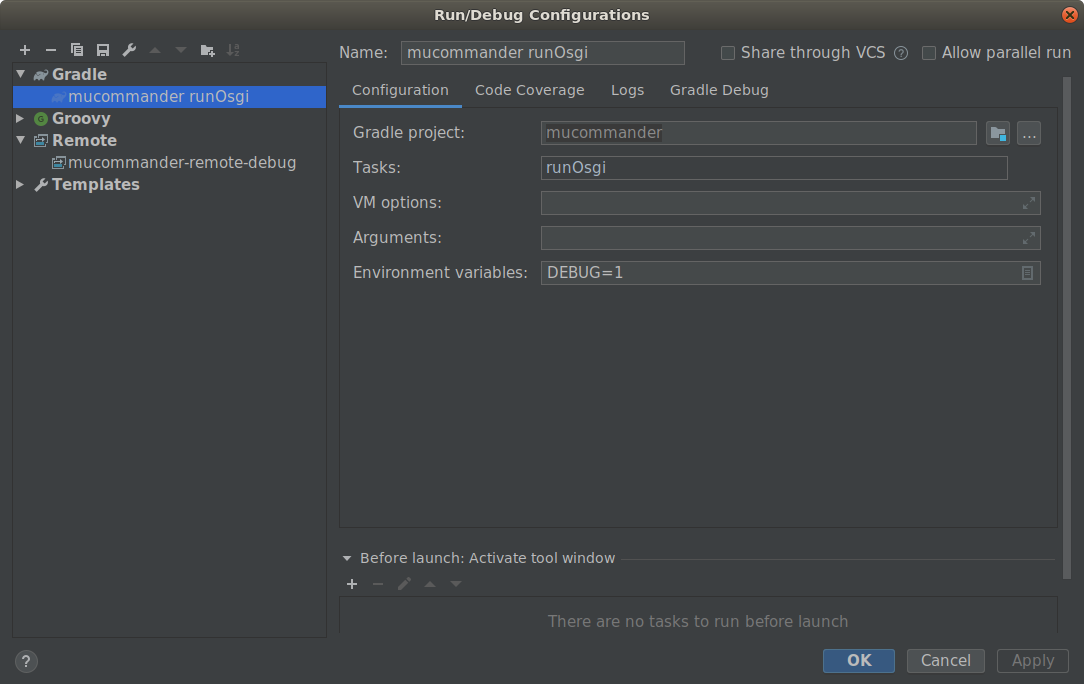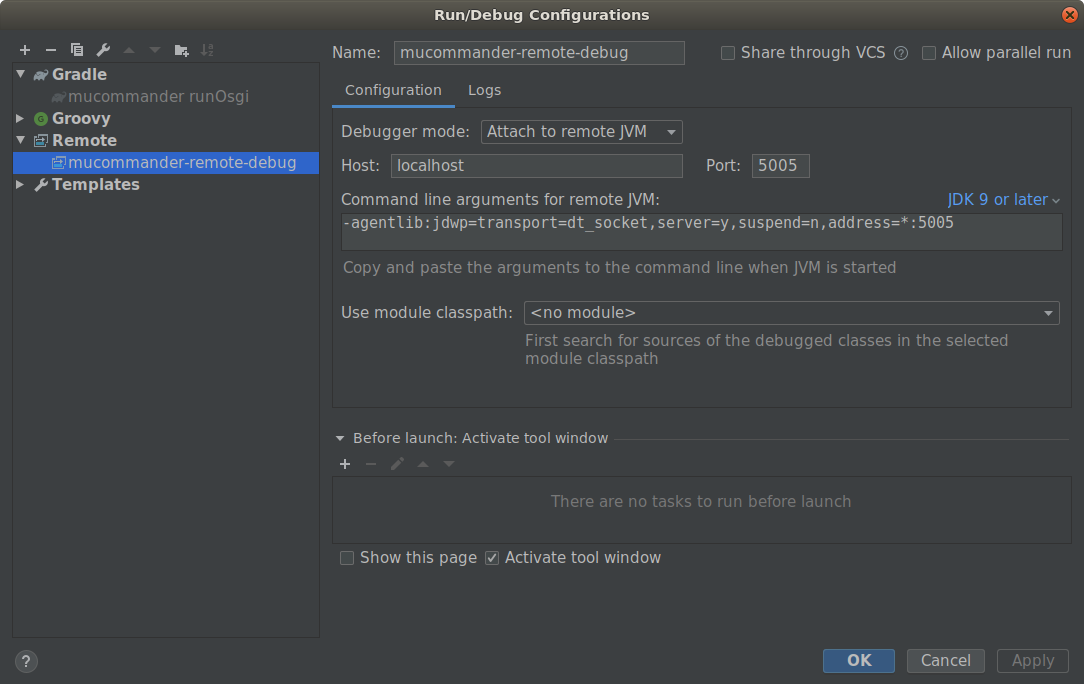muCommander is a lightweight, cross-platform file manager with a dual-pane interface.
It runs on any operating system with Java support (macOS, Windows, Linux, *BSD, Solaris...).
Official website: http://www.mucommander.com
Copyright (C) 2002-2018 Maxence Bernard.
There are several ways to contribute to muCommander:
- Found a bug or thinking about a useful feature that is missing? File an issue
- Want to fix a bug or implement a feature? We are using the standard GitHub flow: fork, make the changes and submit a pull request. Changes are merged to the master branch. See the next section for tips for developing muCommander.
- If you happen to speak a language that muCommander is not available in or able to improve existing tranlations, you can help translate the interface using the zanata platform.
If you want to get involved in muCommander or have any question or issue to discuss, you are more than welcome to join our rooms on Gitter.
- Java Development Kit (JDK) 1.8 or later
- Git
If you would like to contribute code, it is required to fork the repository and submit a pull request. Within pull requests it is possible to review, discuss and improve the changes until they are ready for production.
After cloning the source code repository from GitHub, you would probably want to import the project to an Integrated Development Environment (IDE) such as Eclipse or IntelliJ.
The code repository of muCommander is comprised of a main project that contains its core functionality and several sub-projects. These projects are Gradle projects. Most of the popular IDEs today allow you to import Gradle projects out-of-the-box or via an IDE plugin. By importing the main project that is located at the root directory of the repository you will get all the required code in the IDE.
The use of Gradle wrapper significantly simplifies the build from the command line. The following commands can be invoked from the root directory of the repositoring with no further installation.
You can run the application by typing:
./gradlew run
It is recommended that whenever you get unclear compilation error and before submitting your change you do:
./gradlew clean run
Debugging is a bit more tricky due to the use of an OSGI container. One way of doing that is by extending the launcher
script (either run.bat or run.sh, depending on your operating system) with, e.g., -Xdebug -Xrunjdwp:transport=dt_socket,server=y,suspend=n,address=5005,
and then debug the application from an IDE as a remote application on host localhost and port 5005.
- First checkout the repository with IDEA (VCS / Checkout from Version Control / Git)
- Confirm the creation of a new IDEA project
- Add a new Run Configuration of type Gradle like in the first screenshot below - with
DEBUG=1gradle enables remote debugging (see taskrunOsgiinbuild.gradlefor details) - Add a new Run Configuration of type Remote like in the seconds screenshot below
- Place your breakpoints
- Back in the Editor, select
mucommander runOsgiconfig and click the green play button - After mucommander has started, select
mucommander-remote-debugconfig and click the green debug button - Now you should see something like
Connected to the target VM, address: 'localhost:5005', transport: 'socket' - If everything works like expected, IDEA will now provide debugging
Run OSGI Configuration - starting the osgi container in debug mode
 Remote Debug Configuration - enables remote debugging and attaches the session to IDEA
Remote Debug Configuration - enables remote debugging and attaches the session to IDEA

The different distributions of muCommander are based on a shadow-jar, standalone jar that contains all the required dependencies and filter their unneeded parts. The creation of the shadow-jar is done by the following command:
./gradlew shadowJar
The creation of a DMG file for MAC OS (produced in build/distributions):
./gradlew createDmg
The creation of an EXE file for Windows (produced in build/launch4j):
./gradlew createExe
The creation of a TGZ file for Linux/Unix (produced in build/distributions):
./gradlew tgz
More packaging options are described in our wiki.
muCommander is released under the terms of the GNU General Public License.
Please refer to the license.txt file bundled with muCommander.


